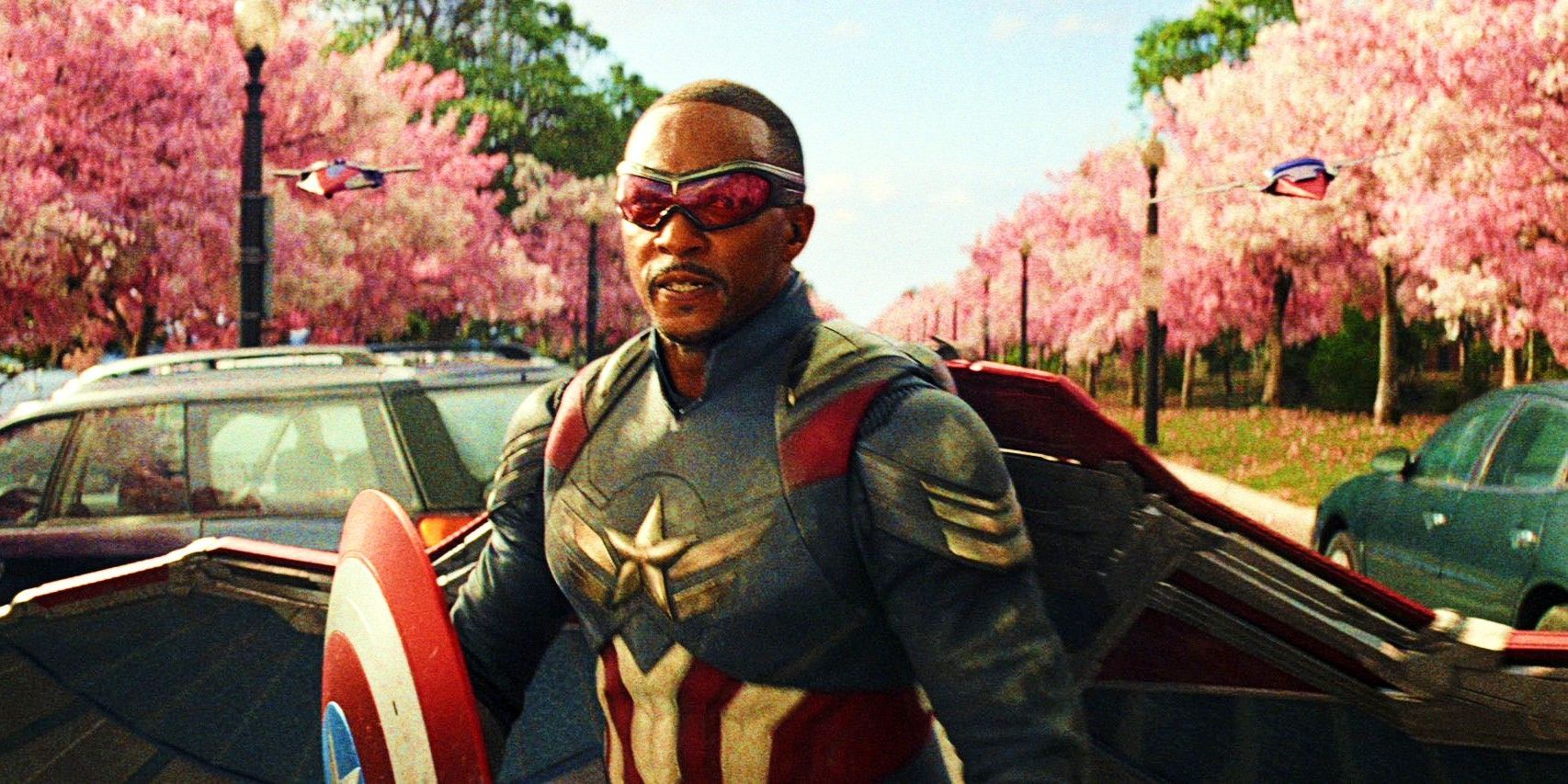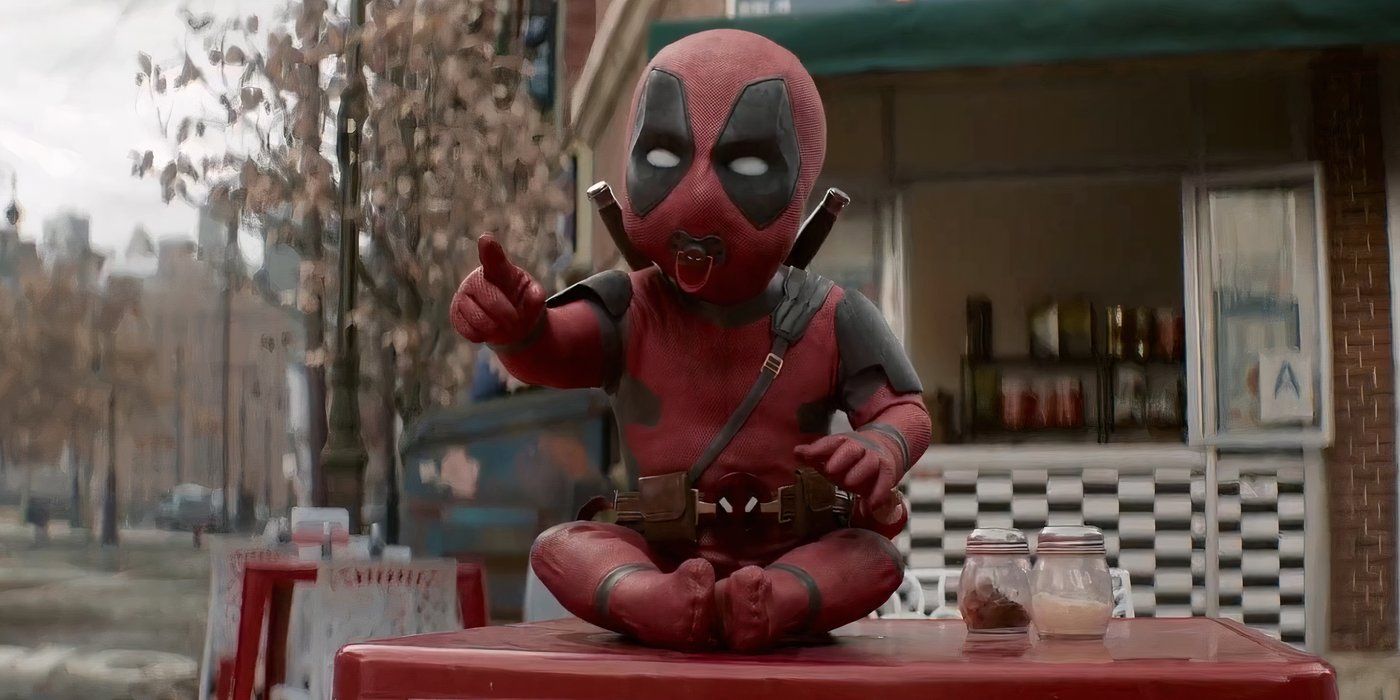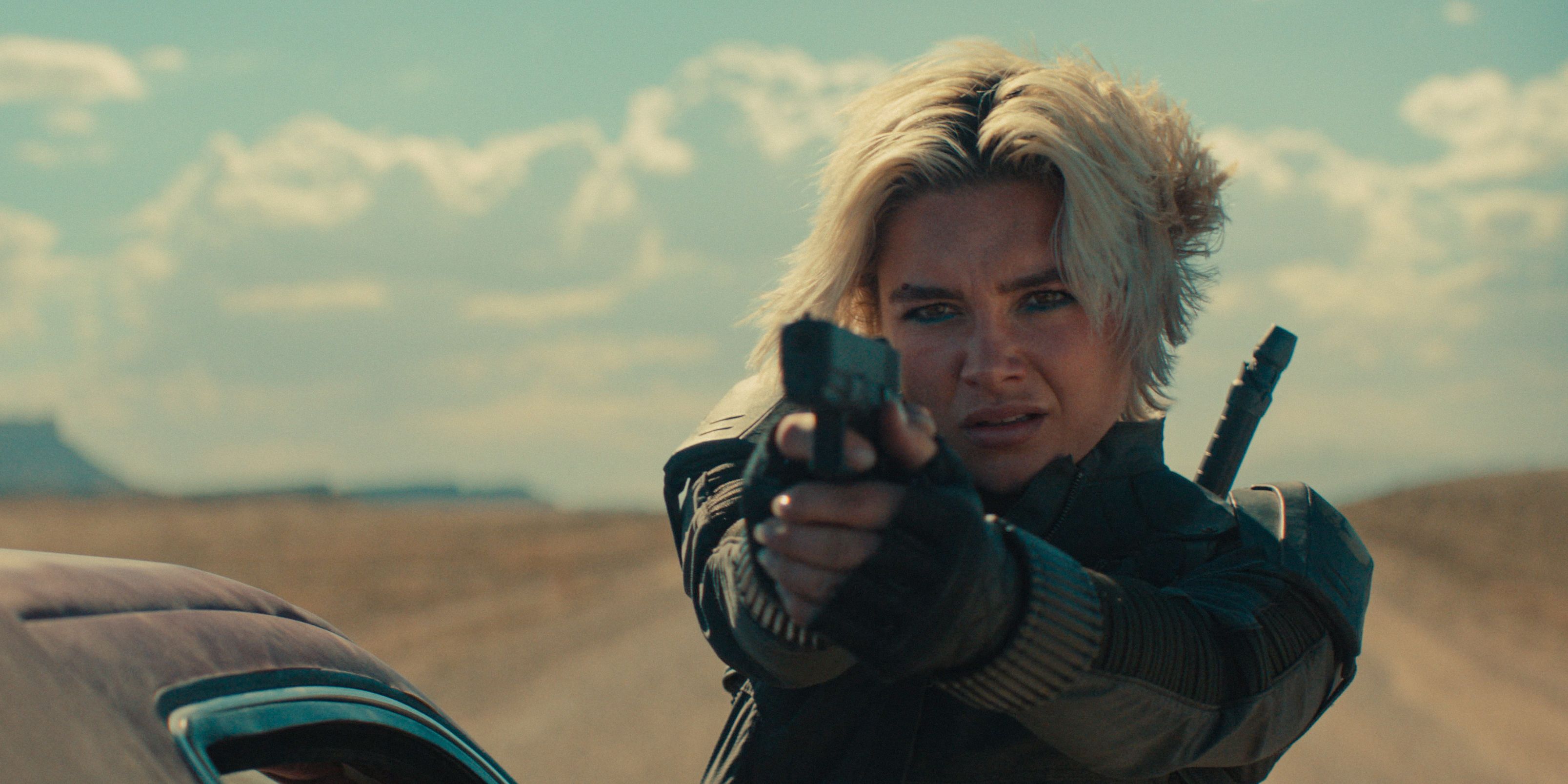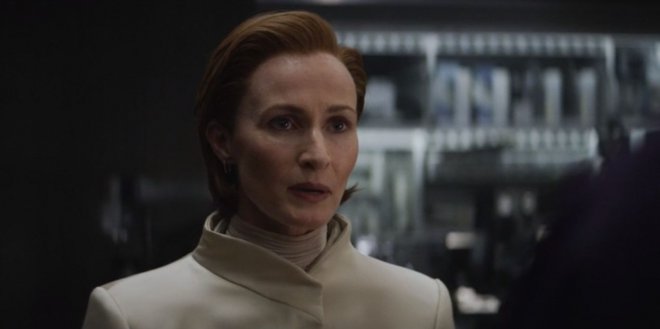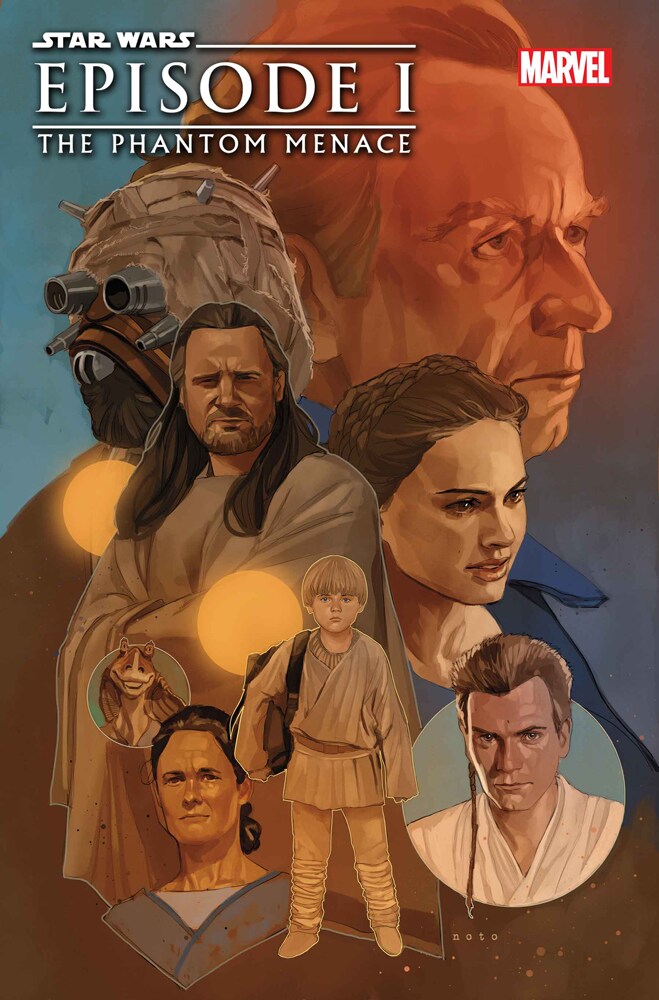We Finally Know Why Obi-Wan Kenobi"s Last Battle Was So Disappointing
Summary- The Volume technology used in the live-action Star Wars shows, including Obi-Wan Kenobi, prevented last-minute changes and corrections to the lighting, resulting in disappointing visuals for the lightsaber duel between Obi-Wan and Vader.
- Obi-Wan Kenobi's lighting problems couldn't be fixed due to the pre-planned virtual background, and editing couldn't improve it either, as digital cameras affected the blue lightsaber's glow and brightness in post-production.
- While the Volume technology has faced criticism for making visuals feel artificial and less tangible, the Ahsoka series demonstrates that Star Wars filmmakers are improving its effectiveness, resulting in visually stunning lightsaber duels without the same lighting issues as Obi-Wan Kenobi.
The live-action Star Wars shows introduced a new filming method that had never been used for the movies, affecting how films and shows were made throughout the industry. While this has benefited Lucasfilm in some ways, it is now apparent that this was the cause of Obi-Wan Kenobi's disappointing visuals, ruining what should have been one of the Star Wars franchise's best lightsaber duels. However, this means that Star Wars can now learn from this mistake and fix it in future projects, making it vital to understand how the current filmmaking methods affected Obi-Wan Kenobi and the other Disney+ shows.
Your browser does not support the video tag. The Volume Technology Doesn't Allow For Flexibility Or Fixing Mistakes
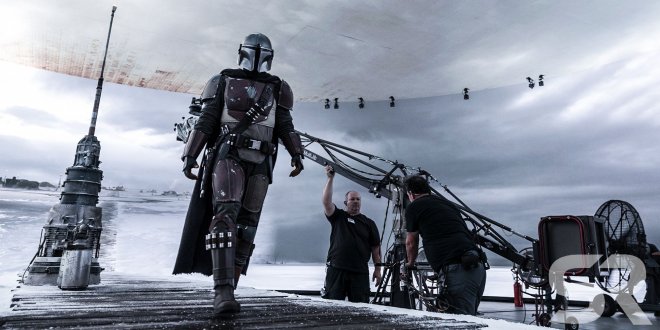 Obi-Wan and Vader's disappointing last battle was because of the Volume technology utilized by the live-action Star Wars shows. The Volume is a giant virtual screen that surrounds the film set and projects the background, with the scenery moving with the actors. The Mandalorian was the first show to utilize this groundbreaking technology, and in theory, the Volume gives filmmakers an advantage. The actors can see the backgrounds instead of walking in front of a green or blue screen, and the virtual scenery matches the physical sets. Unfortunately, the Volume doesn't allow for corrections, as explained by Star Wars cinematographer Eric Steelberg while speaking to The Direct:
Obi-Wan and Vader's disappointing last battle was because of the Volume technology utilized by the live-action Star Wars shows. The Volume is a giant virtual screen that surrounds the film set and projects the background, with the scenery moving with the actors. The Mandalorian was the first show to utilize this groundbreaking technology, and in theory, the Volume gives filmmakers an advantage. The actors can see the backgrounds instead of walking in front of a green or blue screen, and the virtual scenery matches the physical sets. Unfortunately, the Volume doesn't allow for corrections, as explained by Star Wars cinematographer Eric Steelberg while speaking to The Direct:"And that is the trickiest thing: trying to create something virtually with a lighting style that matches, because you have to lock in… you have to make the decisions about what you want that to look like months, months, and months before you actually get to shoot it. So you’re making decisions that you gotta get stuck with… Not stuck, but you make decisions that you have to live with later on that you can’t change. So… if I had a sudden a last-minute inspiration of how I wanted to change the lighting in a virtual background, I was very limited to or not able to do that."Obi-Wan Kenobi's Lighting Problems Simply Couldn't Be Corrected
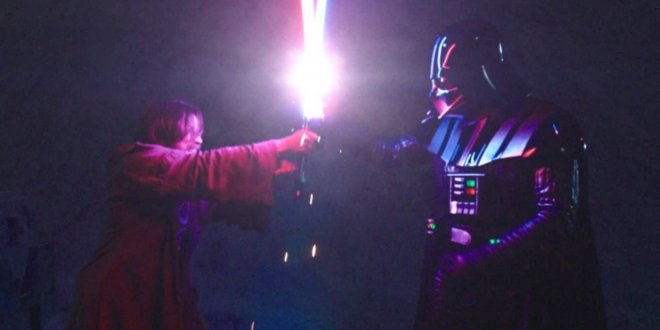 Because the virtual background had to be planned out so far in advance, the problems with Obi-Wan and Vader's lightsaber duel couldn't be corrected. This likely made filming frustrating for Steelberg and the crew, as filmmaking requires changes on set that result in the best picture possible. The lighting couldn't be improved in the editing stage because the show was shot on digital cameras, creating a problem with Obi-Wan's blue lightsaber. While film cameras have an easier time distinguishing multiple shades of blue, digital cameras mean that the glow from Obi-Wan's lightsaber affects the whole scene, which would become more noticeable if the brightness were turned up in post-production.
Because the virtual background had to be planned out so far in advance, the problems with Obi-Wan and Vader's lightsaber duel couldn't be corrected. This likely made filming frustrating for Steelberg and the crew, as filmmaking requires changes on set that result in the best picture possible. The lighting couldn't be improved in the editing stage because the show was shot on digital cameras, creating a problem with Obi-Wan's blue lightsaber. While film cameras have an easier time distinguishing multiple shades of blue, digital cameras mean that the glow from Obi-Wan's lightsaber affects the whole scene, which would become more noticeable if the brightness were turned up in post-production.Even without the lighting issues, many viewers see the Volume as a flawed method that has hurt the visuals of several Star Wars shows. Critics feel that the visuals feel artificial and less tangible because of the Volume, a significant problem in a franchise praised for its stunning cinematography and groundbreaking practical effects. Andor was one of the few Star Wars shows that did not use the Volume, and the show has been praised as one of the best-looking Star Wars projects. Even so, the Volume will be a part of future Star Wars productions, but it may no longer create the same lighting issues as Obi-Wan Kenobi.
Ahsoka Shows Star Wars Has Learned How To Use The Volume
 Ahsoka also relied heavily on the Volume, but the latest Star Wars show didn't face the same lighting problems as Obi-Wan Kenobi. The lightsaber duels look incredible by comparison, including the ones set in a dark environment, showing that Star Wars filmmakers are continually improving the Volume's effectiveness. It's not always perfect, as the virtual backgrounds are highly noticeable at times throughout the show, but overall, Ahsoka is a visually stunning series. The lightsaber duels were one of the show's most exciting attributes, but they would have been brought down if the Volume had affected the lighting.
Ahsoka also relied heavily on the Volume, but the latest Star Wars show didn't face the same lighting problems as Obi-Wan Kenobi. The lightsaber duels look incredible by comparison, including the ones set in a dark environment, showing that Star Wars filmmakers are continually improving the Volume's effectiveness. It's not always perfect, as the virtual backgrounds are highly noticeable at times throughout the show, but overall, Ahsoka is a visually stunning series. The lightsaber duels were one of the show's most exciting attributes, but they would have been brought down if the Volume had affected the lighting.[圖擷取自網路,如有疑問請私訊]
|
本篇 |
不想錯過? 請追蹤FB專頁! |
| 喜歡這篇嗎?快分享吧! |
相關文章
tag_starwar








